The discovery of colossal structures like the Big Ring is reshaping established theories about the physics of the Universe.
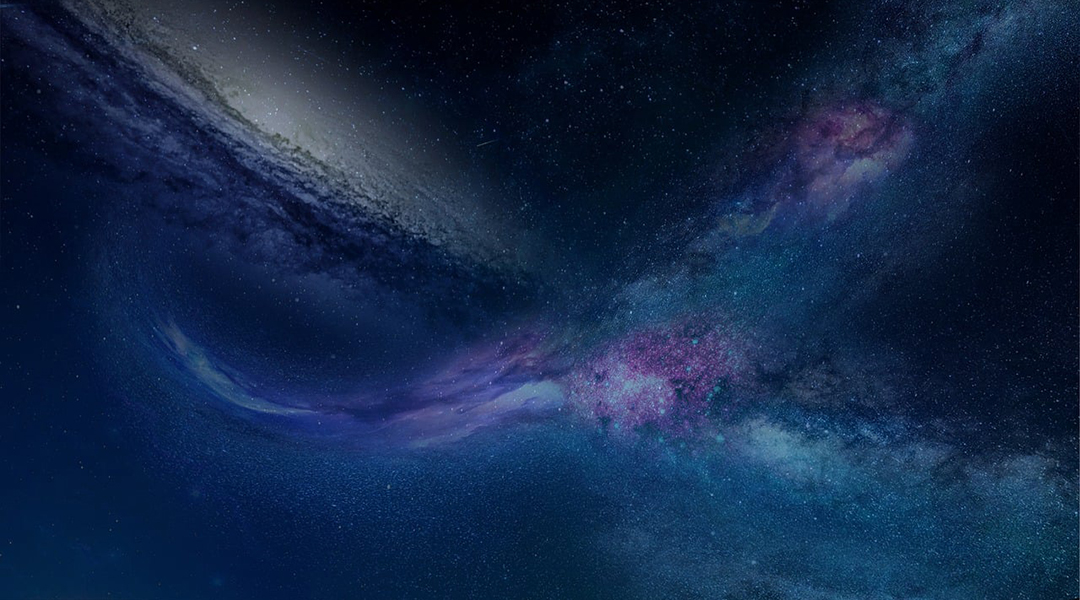

The discovery of colossal structures like the Big Ring is reshaping established theories about the physics of the Universe.
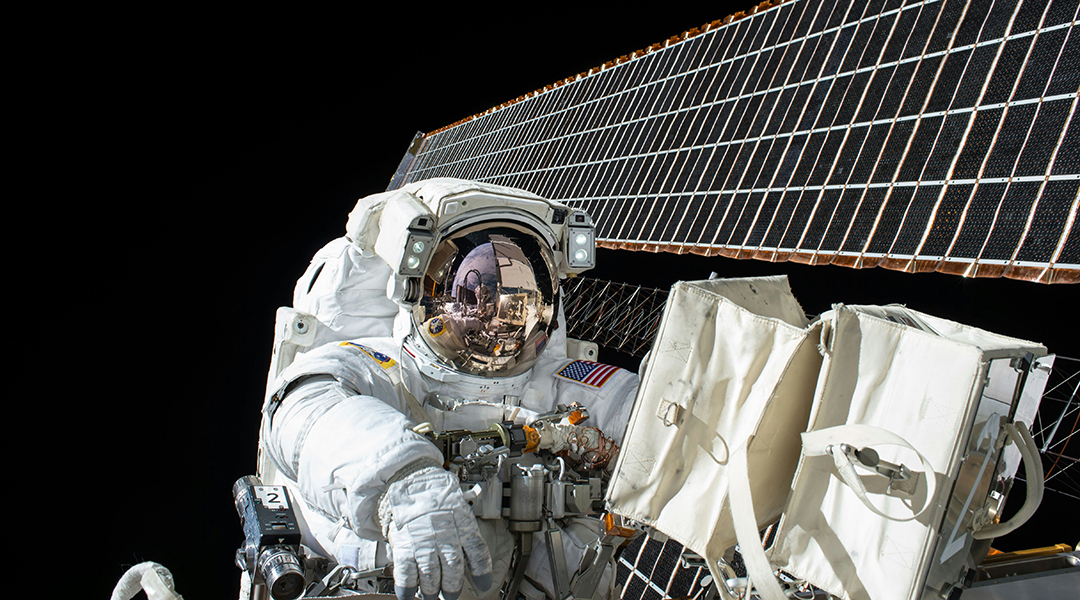
Future astronauts may be protected from galactic cosmic rays thanks to a novel organ-on-chip system containing interconnected human tissue.
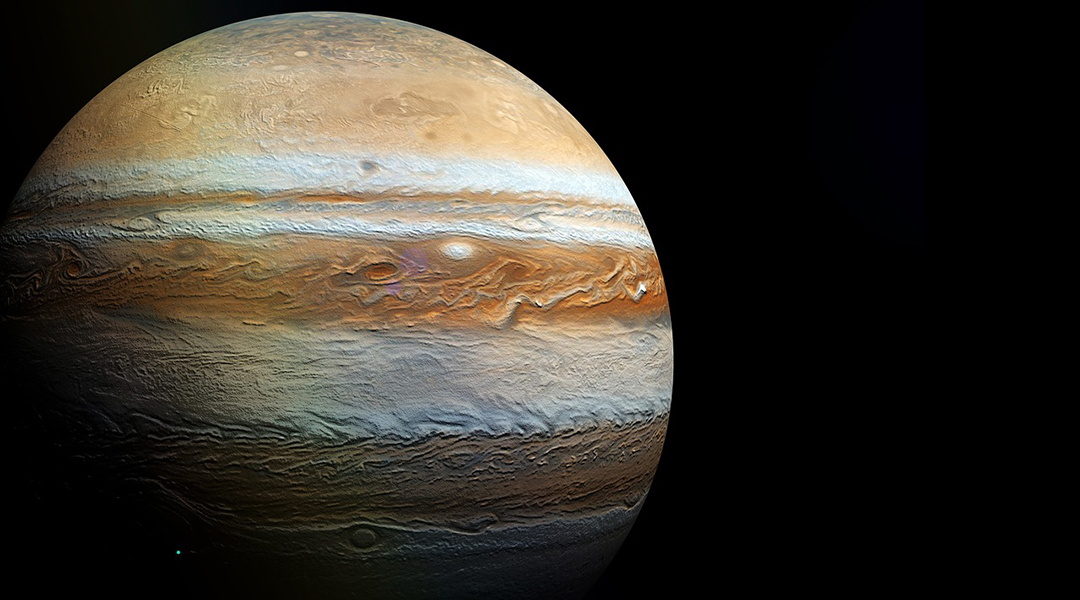
Astronomers propose that an infrared glow observed in Jupiter’s atmosphere may be dark matter particles colliding.
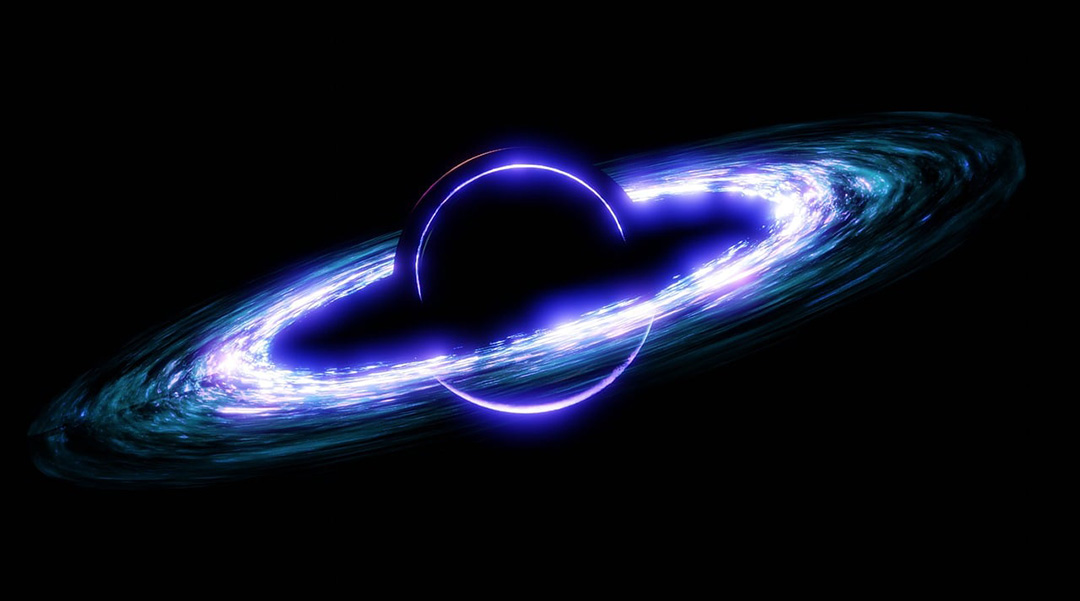
Astronomers have discovered that black holes trigger the formation of galactic winds that greatly influence star formation.
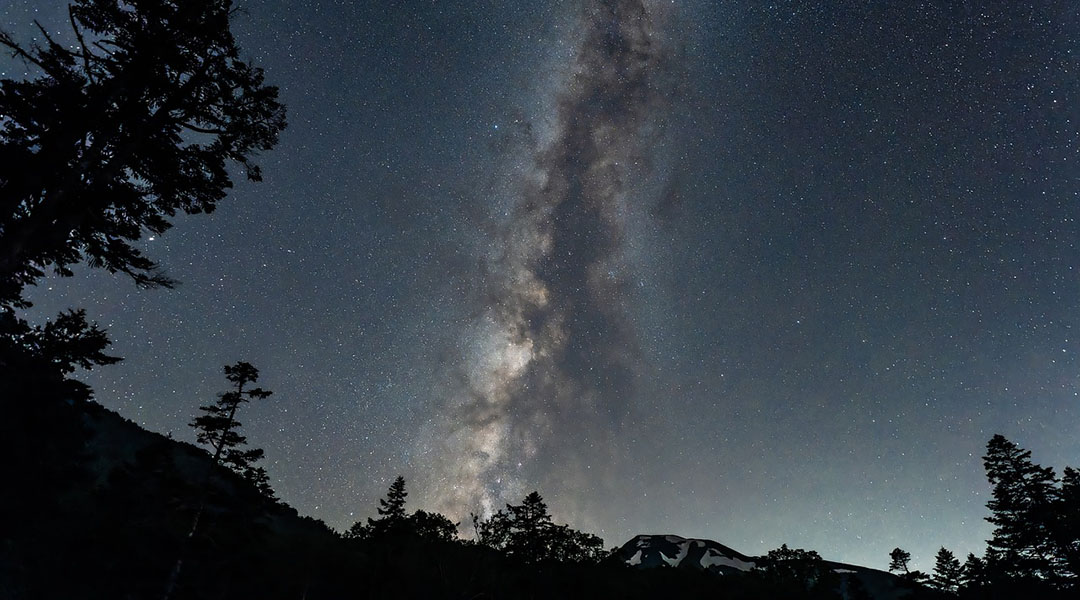
In this third and final article in a series on philosophy and science, we look at how modern science shows the validity of dialectical processes and how this can help guide science.
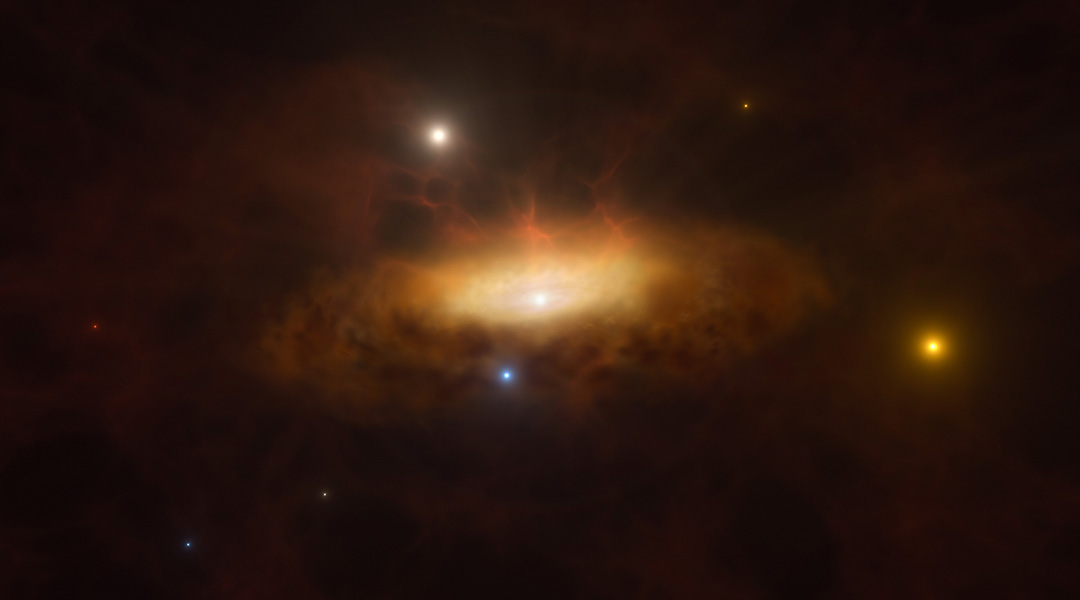
Imagine observing a distant galaxy for years when suddenly its core begins exhibiting unprecedented changes.
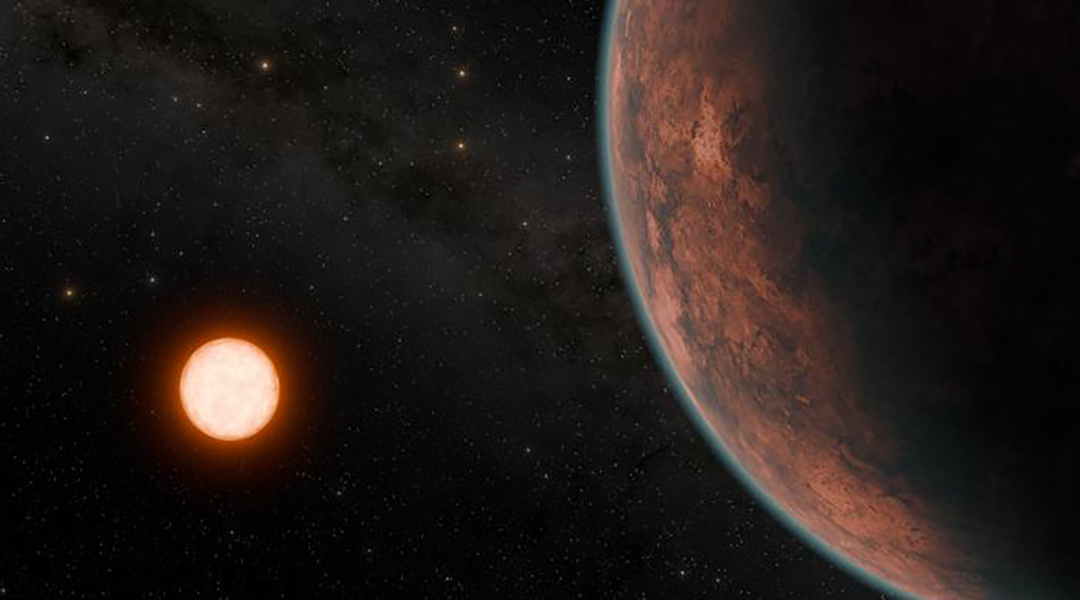
Orbiting a cool, red dwarf star, Gliese 12 b offers insight into atmosphere retention near stars, sparking new questions about habitability.
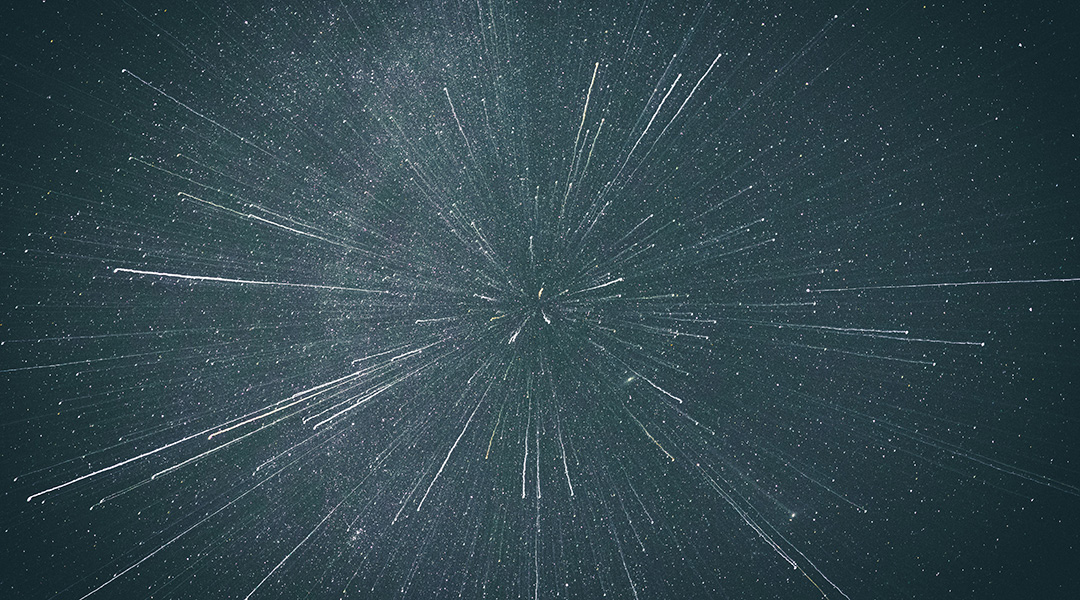
By adding primordial magnetic fields to the Standard Model, researchers may solve the mystery of the Universe’s expansion.
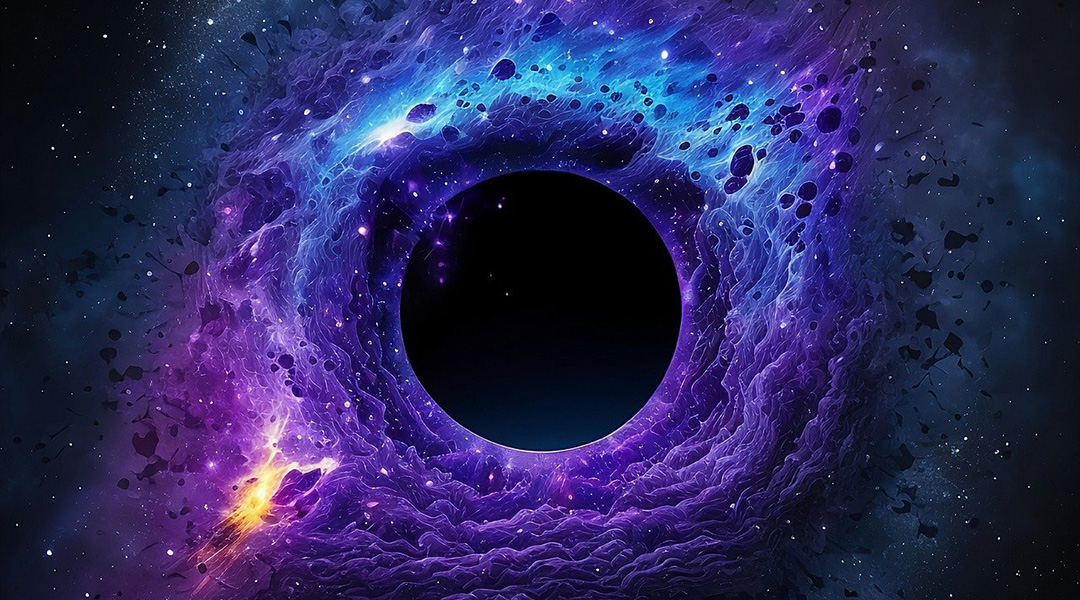
Tiny interactions between dark matter particles may resolve discrepancies between theory and astronomical observations caused by quantum tunneling.
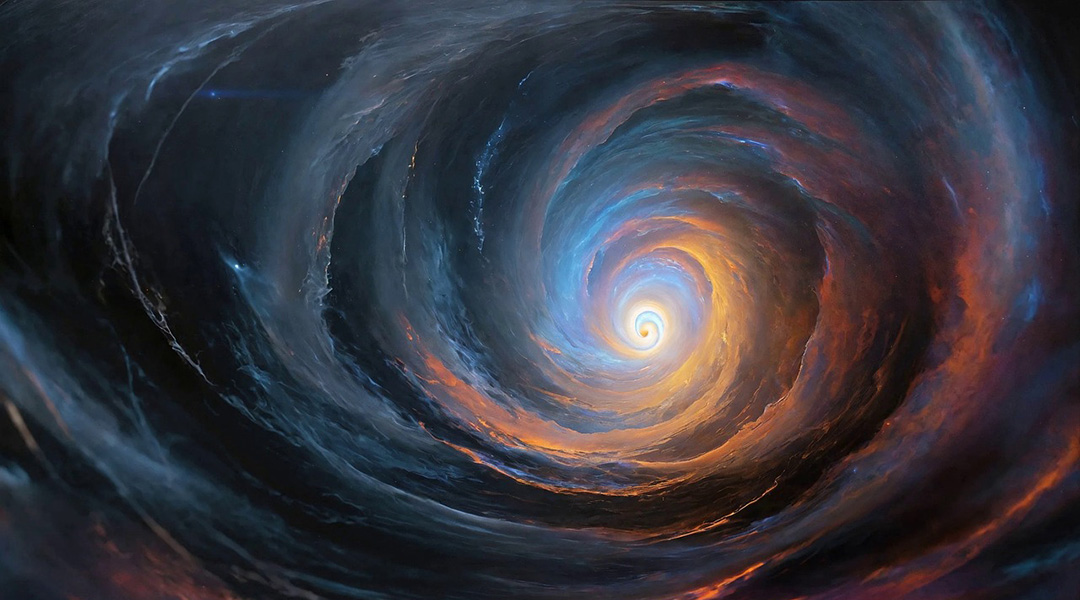
Even tiny deviations in pendulum behavior caused by quantum gravity could be clearly noticeable, say researchers.